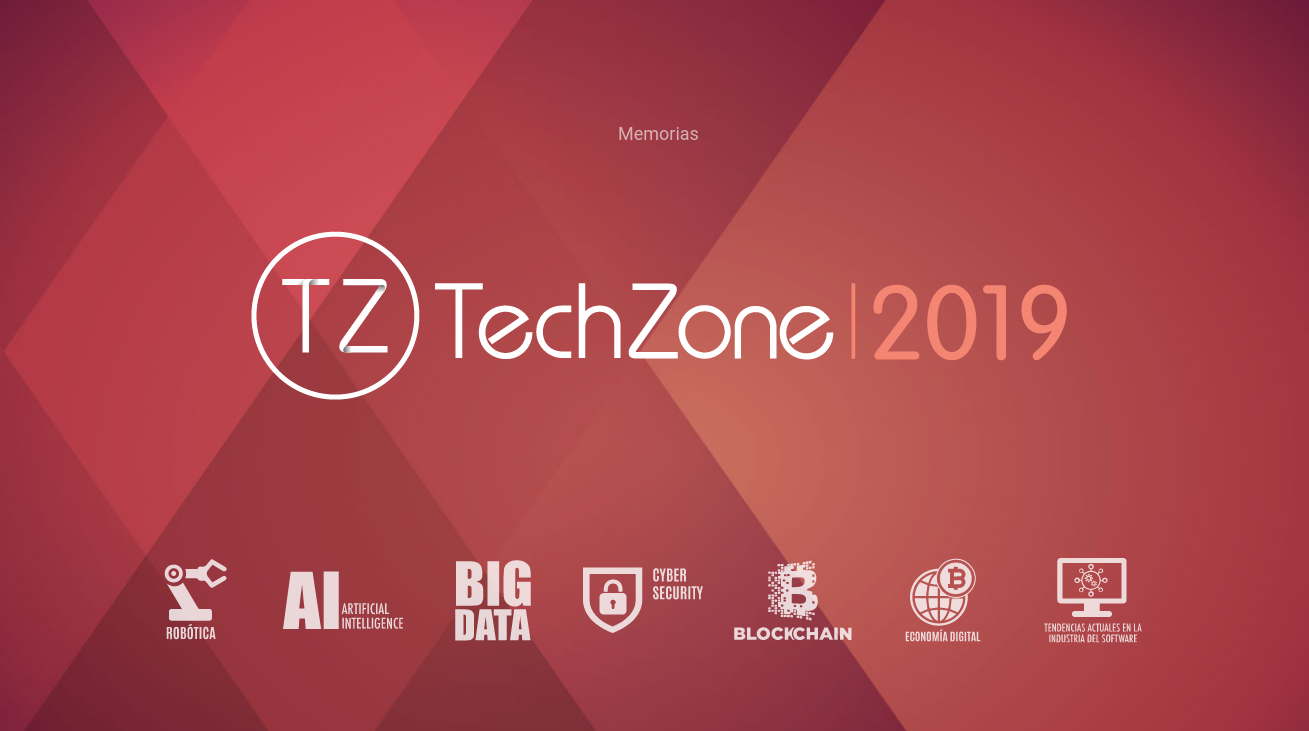Many folks who do container development have run Alpine container images. You might have run Fedora, Red Hat Enterprise Linux (RHEL), CentOS, Debian, and Ubuntu images as well. If you are adventurous, you may have even run Arch, Gentoo, or dare I say, really old container images – like, RHEL 5 old. If you have some
Continue Reading “The Limits of Compatibility and Supportability with Containers”

